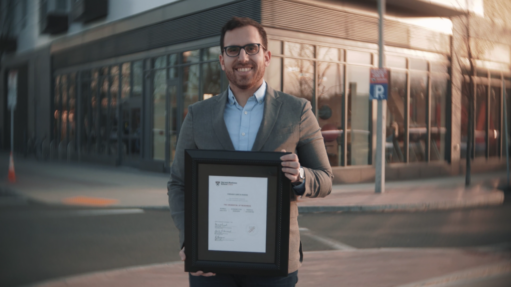A 40-minute interactive lesson with Prof. Victoria Ivashina
Investing in Private Equity
Introduction
For larger investors, co-investing alongside a traditional fund structure and direct investing (i.e., skipping the fund structure entirely) have become ubiquitous in the alternative investment space.
PFA’s decision to expand into alternative investments was based on the following views:
- Low global interest rate environment
- Shrinking public market and increasing opportunities in the private space
- PFA’s competitive advantage as one of the largest pools of capital in Europe
PFA’s clients made their decisions about which fund to invest with based on a five-part balanced scorecard:
- Net returns
- Administrative cost
- Cost of insurance benefits connected to pension plans
- Total cost, including traditional costs such as rent and administration, and all costs associated with investment management
- Service level
For corporate clients, a consultant would review the above criteria every three to five years and make investment recommendations. At this time, if PFA remained the preferred fund, their corporate clients (the companies investing their pensions with PFA) would renew their contracts. If not, they would leave for a different fund.
How PFA expanded into the alternative space had to account not only for the net returns but also for the cost of investing in this space, which is why PFA decided to lever its scale to come out with a customized strategy of alternative investing.
PFA is a private pension fund, which means that it manages the money on behalf of current and future retirees. (Although we will not dive into the implications of the type of funds for investment management, PFA is primarily a defined contribution (DC) pension plan.) The liabilities of these clients (the pensions) are often decades into the future.
Does this mean that PFA’s horizon for tackling these challenges is also long term?
To meet their investment needs, they created a program called Strategy 2020.
It contained three main initiatives:
- Find new sources of investment return
- Unlisted investments
- New markets and asset classes
- Extension of strategies
- Expand investment areas
- Focusing on exploiting economies of scale
- Upscaling "in-house asset management" and adding new investment skills (alternatives)
- Having stronger risk management and developing/improving systems
- Focus on risk-adjusted return
- Focus on absolute real return
- Move away from the benchmark mindset
- Maximize long-term return in a cost-effective and responsible manner
Regionally, PFA is a very large, highly capitalized pension fund. What edge do you think this might give it?
Peer responses
So that’s what PFA can bring to the table. Now let’s consider the other side. What are the potential challenges of PFA’s new initiative to invest in alternative investments?
Peer responses
PFA’s goal was to increase allocations from 2% to 15% within five years.
Which of the following strategies will be most important in getting PFA to the 15% allocation?
Why do you think that GPs would allow (or encourage) their LPs to co-invest alongside them?
Peer responses
Do you think co-investing is worth the trade?
In 2020, the Strategy 2020 program came to an end, and PFA needed to articulate a new strategy for the next three to five years. The result was Commercial Responsibility 2023. This new strategy articulated three new goals:
- Be the best at generating sustainable returns
- Have the highest customer loyalty in the market
- Have a solid foundation and profitable growth
Compare the goals of the updated strategy with those of Strategy 2020:
- Focus on risk-adjusted return
- Find new sources of investment return
- Expand investment areas
How do you think the new strategy reflects the triumphs and challenges of Strategy 2020?
Peer responses

In a recent survey of HBS Online learners, 42 percent said they earned an average $17,000 salary increase after completing a course—that’s a 10-times return on investment.
Achieve what’s next. Earn a certificate from HBS Online.